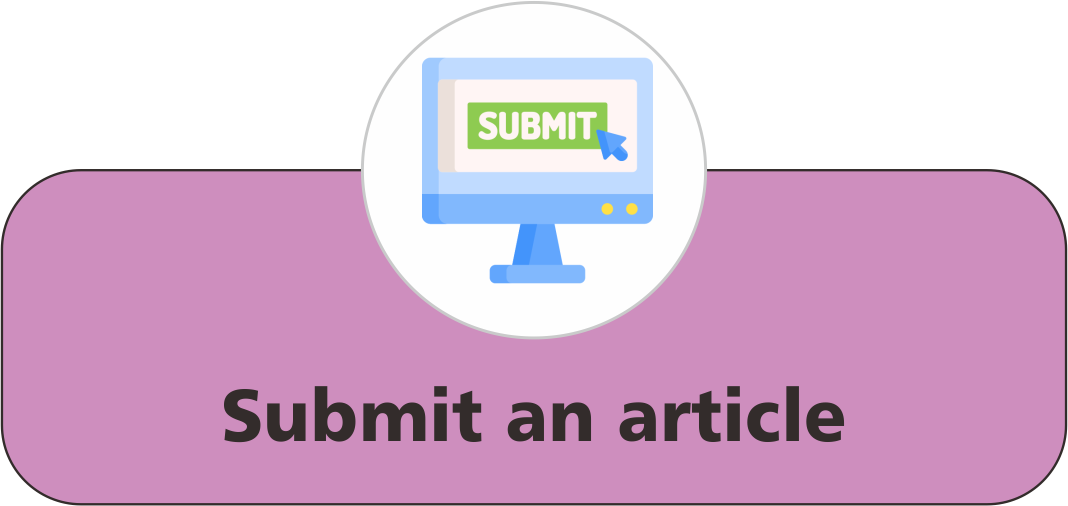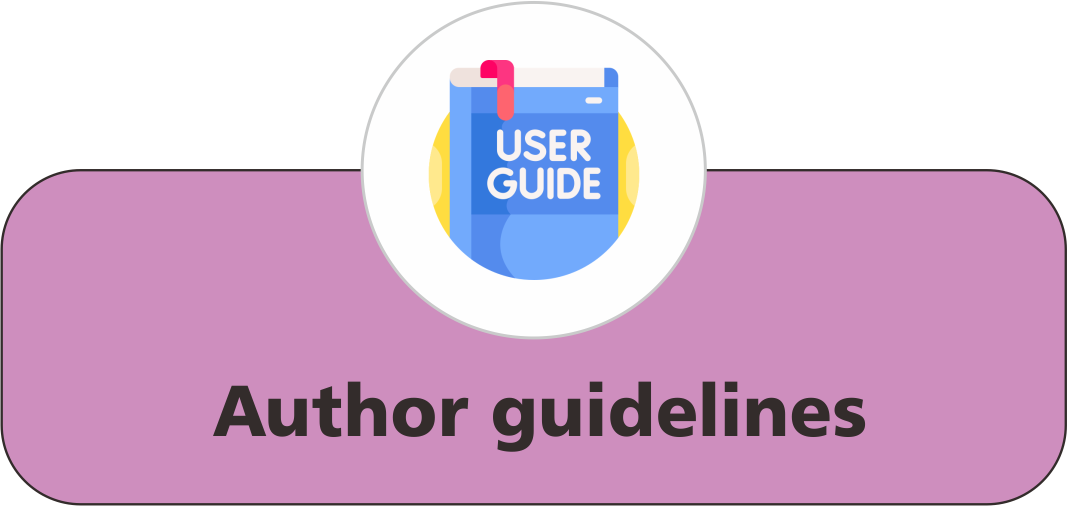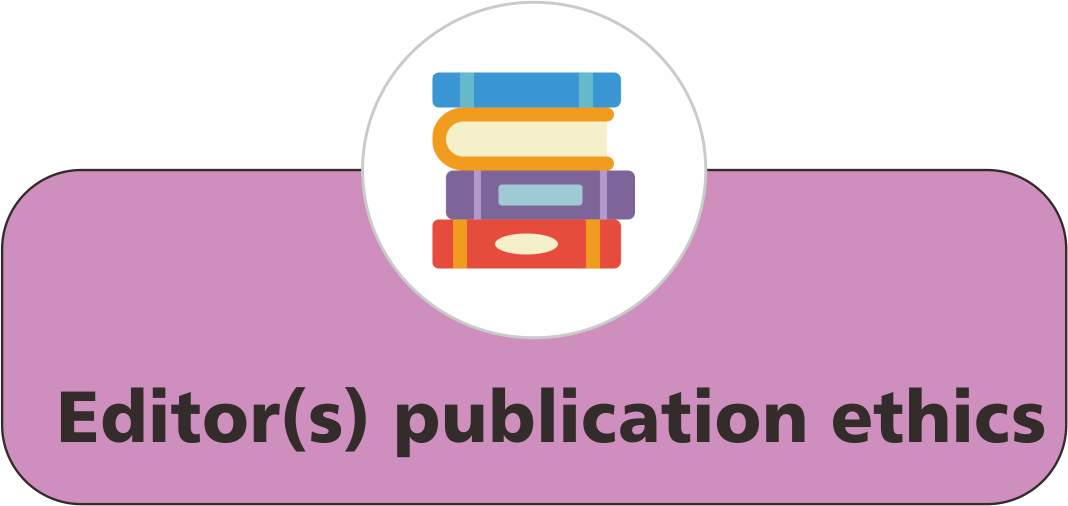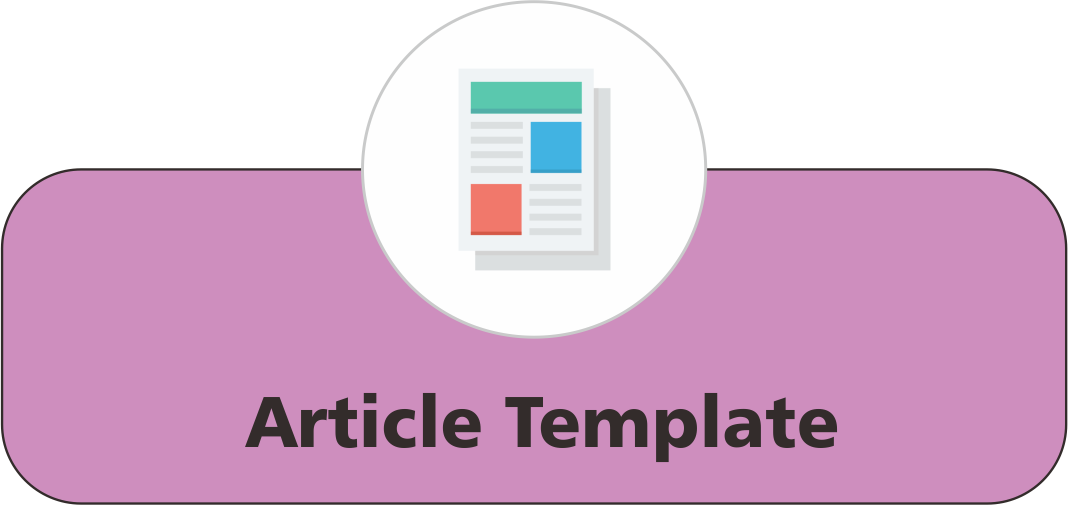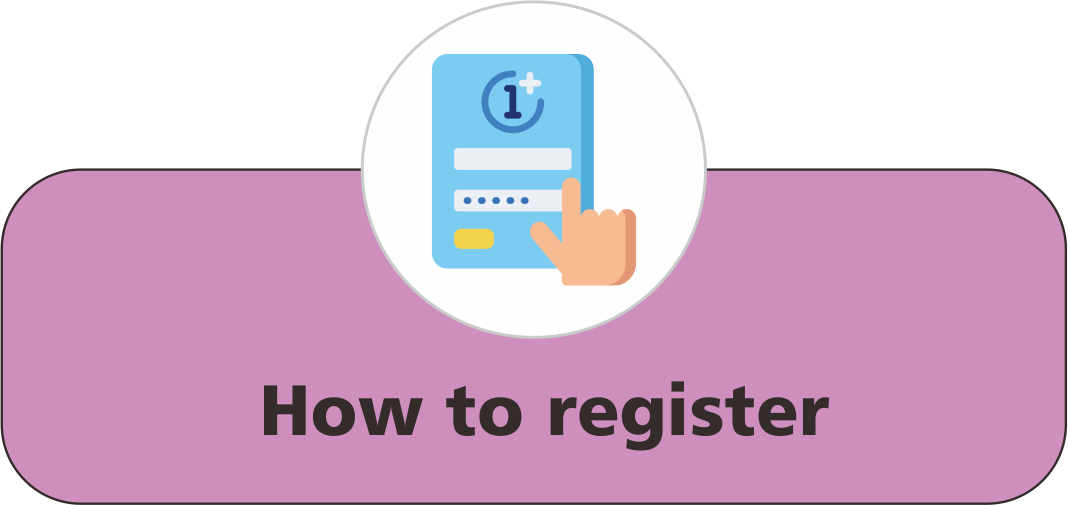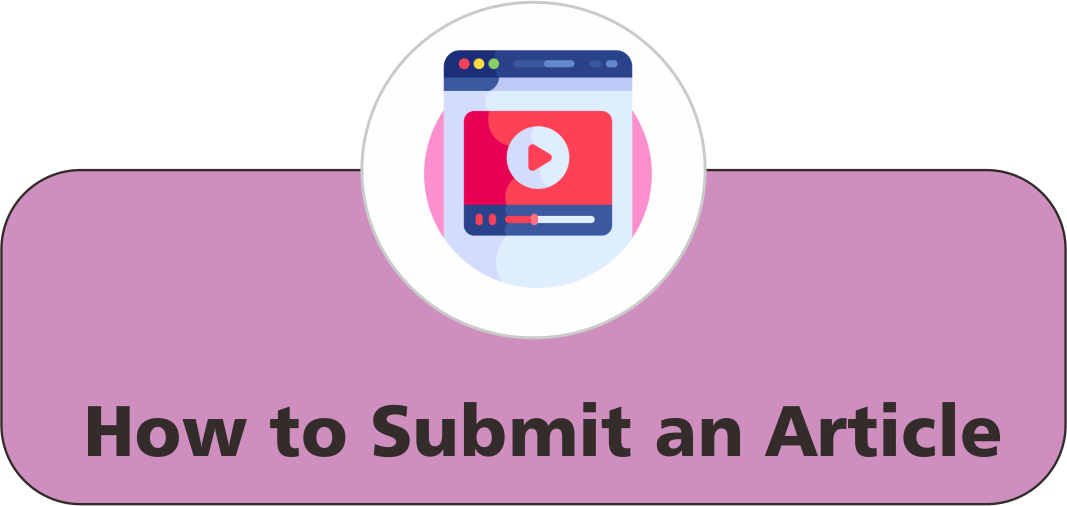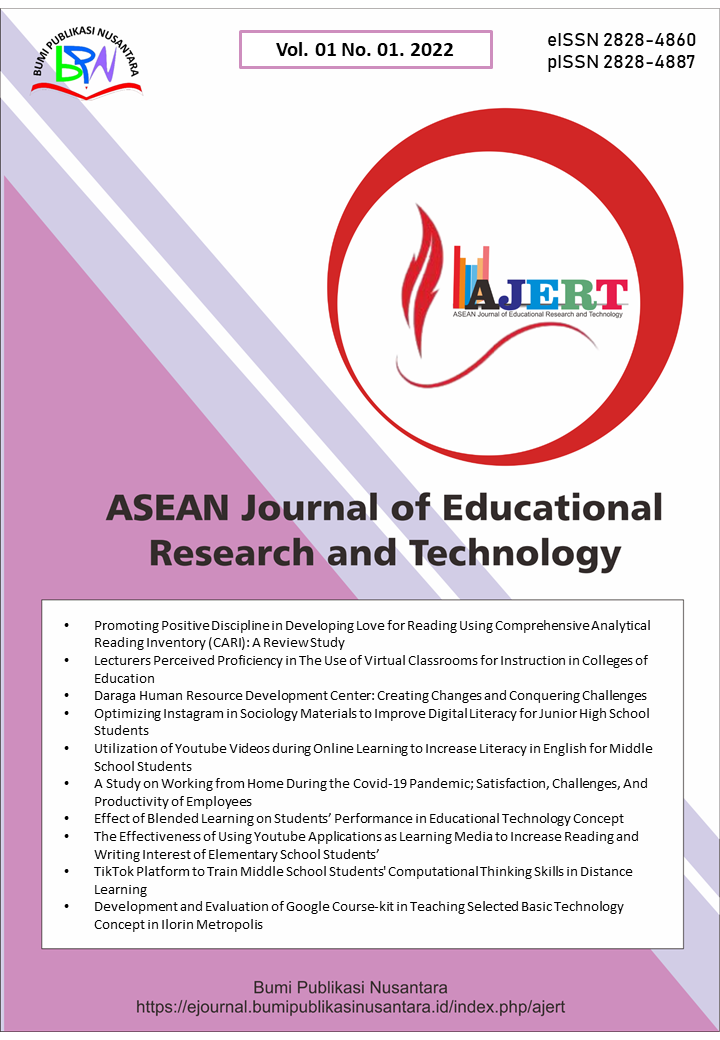Lecturers Perceived Proficiency in The Use of Virtual Classrooms for Instruction in Colleges of Education
 ), Omotayo Olabo Obielodan(2), Ebenezer Omolafe Babalola(3),
), Omotayo Olabo Obielodan(2), Ebenezer Omolafe Babalola(3),
(1) University of Ilorin
(2) University of Ilorin
(3) University of Ilorin
 Corresponding Author
Corresponding Author
Abstract
Keywords
References
Afakillah, I. I., Pursitasari, I. D., and Pakuan University, Indonesia, indarini.dp@unpak.ac.id. (2021). Creative problem-solving learning through open-ended experiment for students’ understanding and scientific work using online learning. International Journal of Instruction, 14(4), 321–336.
Agbatogun, A. (2010). Gender, academic qualification and subject discipline differentials of nigerian teachers’ ict literacy. Academic Leadership: The Online Journal, 8(1), 11.
Ahmad, N. L., Ahamad Rapani, N. H., Ismail, Z., and Ahmad, A. S. (2020). Accounting teacher self effication, usage, teaching preference and skill towards virtual learning environment in education. International Journal of Advanced Science and Technology, 29(6), 249–264.
Ahmed, A. M., AbdelAlmuniem, A., and Almabhouh, A. A. (2016). The current use of web 2.0 tools in university teaching from the perspective of faculty members at the college of education. International Journal of Instruction, 9(1), 179–194.
Aremu, A., and Fasan, O. (2011). Teacher training implications of gender and computer self-efficacy for technology integration in Nigerian Schools. Journal of the African Educational Research Network, 11(1), 178–185.
Gulbahar, Y., and Kalelioglu, F. (2015). Competencies for e-Instructors: how to qualify and guarantee sustainability. Contemporary Educational Technology, 6(2), 140–154.
Hali, A. U., Zhang, B., Al-Qadri, A. H., and Aslam, S. (2021). A collaborative teacher training approach in different cultures in the era of technology. International Journal of Instruction, 14(4), 21–32.
Iftakhar, S. (2016). Google classroom: what works and how? Journal of Education and Social Sciences, 3, 7.
Ithriah, S., Ridwandono, D., and Suryanto, T. (2020). Online learning self-efficacy: the role in e-learning success. Journal of Physics: Conference Series, 1569, 022053.
Ligon, G. (2021). A whole new world: bitmoji classrooms, novice teachers, and traditionally marginalized students’ virtually learning during a pandemic. International Forum of Teaching and Studies, 17(1), 5–11.
Martin, F., Budhrani, K., and Wang, C. (2019). Examining faculty perception of their readiness to teach online. Online Learning, 23(3), 97–119.
Mollazadeh, M., and Zhu, Y. (2021). Application of virtual environments for biophilic design: a critical review. Building, 11(148), 1–35.
Nwabude, A. A. R., Ogwueleka, F. N., and Irhebhude, M. (2020). The use of virtual learning environment and the development of a customised framework/model for teaching and learning process in developing countries. Education, 10(1), 1–12.
Syvänen, A., Mäkiniemi, J.-P., Syrjä, S., Heikkilä-Tammi, K., and Viteli, J. (2016). When does the educational use of ICT become a source of technostress for finnish teachers? seminar. Net - International Journal of Media, Technology and Lifelong Learning, 12(2), 96–109.
Uddin, I., and Faiz, A. (2021). A study about using e-learning platform (modular object-oriented dynamic learning environment) in university teaching process, and a comparision of two learning management systems: moodle vs blackboard. Glocal Journal of Science and Technology, 1(3), 17–24.
Yasin, Z., Anwar, H., and Luneto, B. (2021). Multimedia powerpoint-based arabic learning and its effect to students’ learning motivation: A treatment by level designs experimental study. International Journal of Instruction, 14(4), 33–50.
Article Metrics
Abstract View : 1281 times
: 1281 times Download : 823 times
Download : 823 times
Refbacks
- There are currently no refbacks.
Copyright (c) 2022 Bumi Publikasi Nusantara

This work is licensed under a Creative Commons Attribution-ShareAlike 4.0 International License.

